Childhood
Lewis A. Jackson was born in Angola, Indiana on December 29, 1912. Just three years later he had constructed his first model airplane - only twelve years after the Wright Brothers’ historic flight.
Jackson was only eight years old when he began to work to help support his family, and the hard-working ethos he developed over his formative years never left him.
Even so, his childhood was not without its joys - while still a young boy, Lewis continued constructing model airplanes and reading about the science of aerodynamics, dreams of being an aviator already in his mind.
At the age of fifteen, Jackson got the chance to briefly be an aviator when he rode in an OX5 Swallow biplane, and just two years later, in 1929, Jackson had designed, built, and flown his own hang gliders. Jackson also built a monoplane with a motorcycle’s engine for himself the same year, but due to a storm it was unfortunately destroyed before he could fly it.
By the age of twenty, Jackson had not only begun formal flight instruction but had gained certification to fly solo.
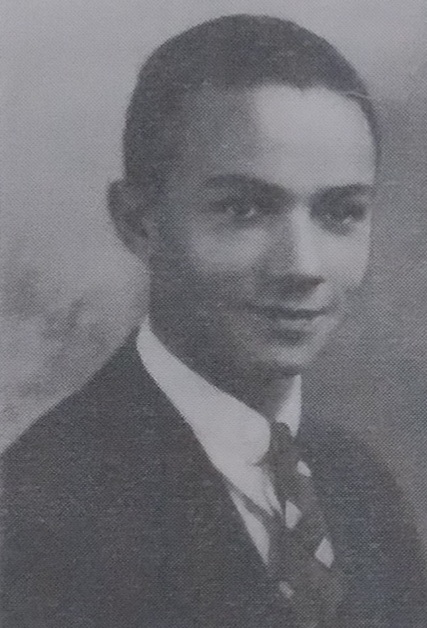
College
Interested in gaining a formal education and feeling as though he was called to the field of teaching, Jackson applied to and was rejected by one university on the basis of his race, before subsequently applying to and being accepted by Marion College in 1932.
Over the following years, Jackson paid his way through college by performing in theatrical flight exhibitions all throughout Indiana and Ohio - one of his biggest passions in life giving him the means to move forward in another.
While he didn’t graduate from Marion College until 1939, eventually leaving with a Bachelor of Science in Education, Jackson had already begun teaching in local schools and earned a Commercial Pilot License with Instructor Rating.
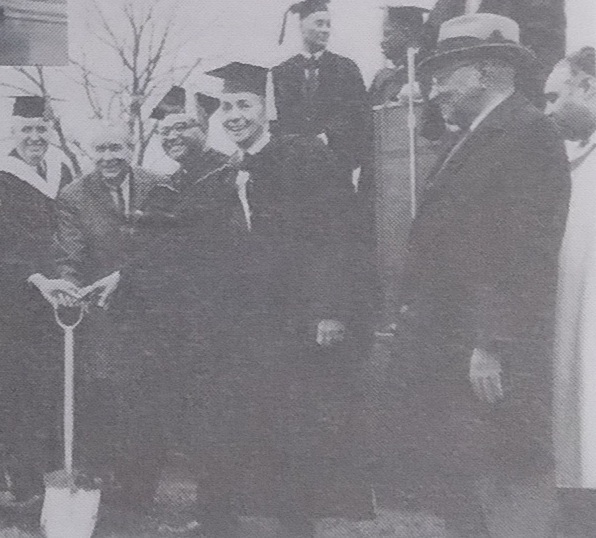
Tuskegee University and the Army Air Corps
The following year, Jackson partnered with fellow aviator Cornelius Coffey to found the Coffey and Jackson Flying School, combining his love for teaching and flying as he used his education degree from Marion College to train pilots.
With the start of World War II had come a need for more pilots and an aviator like Jackson was exactly what the war effort needed, even if their plan didn't include active combat with enemy aircraft. While African Americans were excluded from the Army Air Corps up until this point and there were no black pilots serving, Jackson was nonetheless someone they very much wanted.
So, that same October, Jackson became involved in World War II when he went to Tuskegee to use his gifts as an aviator and a teacher to help run the Army Air Corps training programs and improve representation within the Army Air Corps for other African Americans.
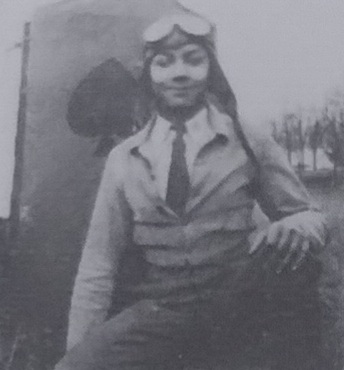
The Tuskegee Airmen
Soon, Jackson began to teach several subjects, helping to train three groups of Tuskegee Airmen, and eventually being appointed Director of Training at the Army Air Corps 66th Flight Training Detachment during a time when there weren’t any black aviators in the military - something he helped rectify.
In this role, Jackson pushed the school to higher and higher standards of performance, with Tuskegee being ranked first amongst all twenty-three schools in the Southeast Army Air Corps Training Command.
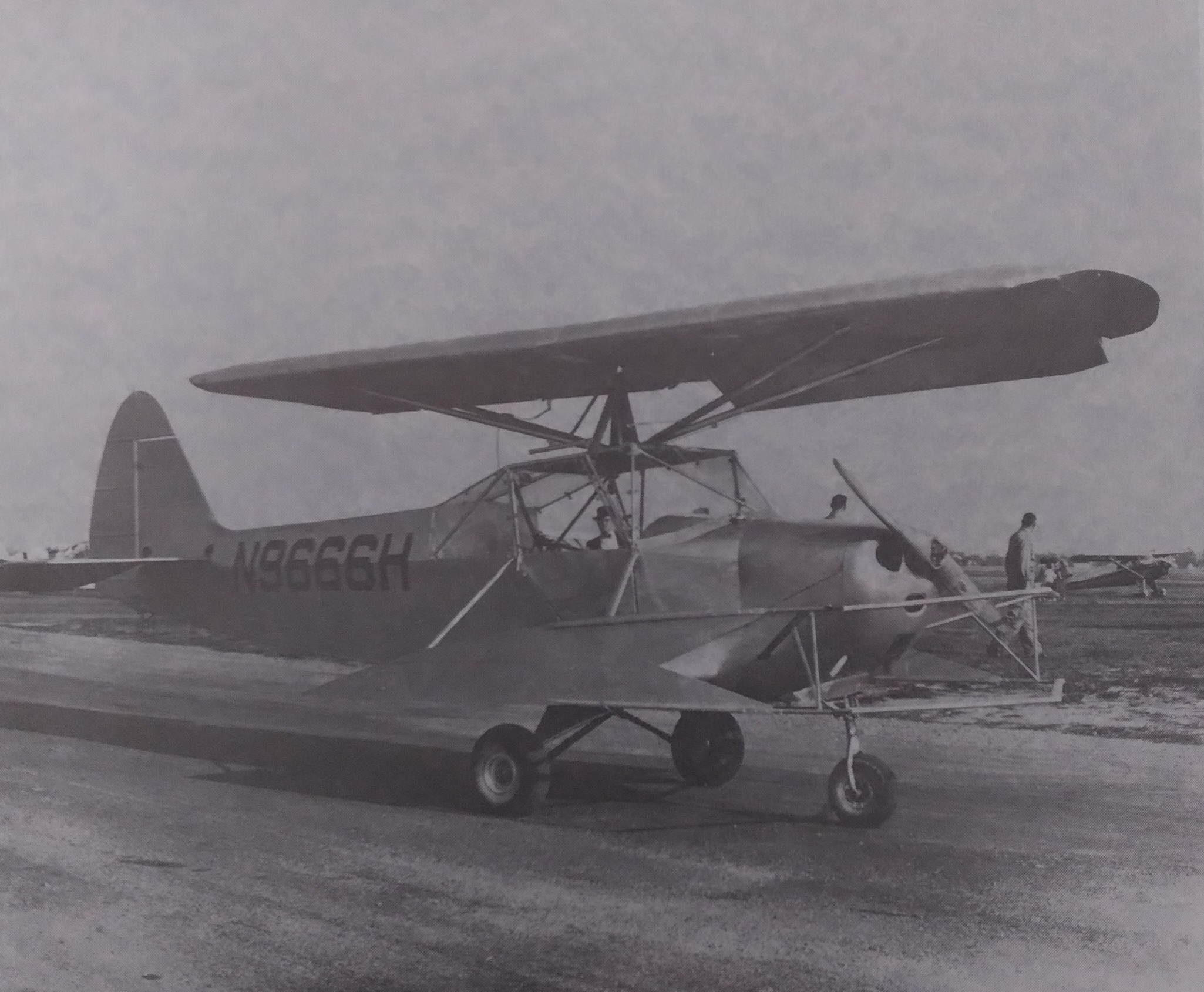
Jackson and the Tuskegee Army Air Field
Through these training programs, Jackson was able to make a difference by helping to increase the number of African Americans in fighter squadrons, making every aviator at the Tuskegee University a better aviator and pilot.
Soon the Tuskegee Army air field was full of Tuskegee airmen trained by Jackson. Although he himself was never officially one of the Tuskegee Airmen, his work as an aviator not extending to the flights in fighter squadrons and battles against enemy aircraft, he was still their commanding officer and an invaluable part of their journey as some of the first African Americans to be pilots. Just a few years prior there had been no black aviators in the United Stated military - now Jackson's students were some of the most famous aviators in the nation.
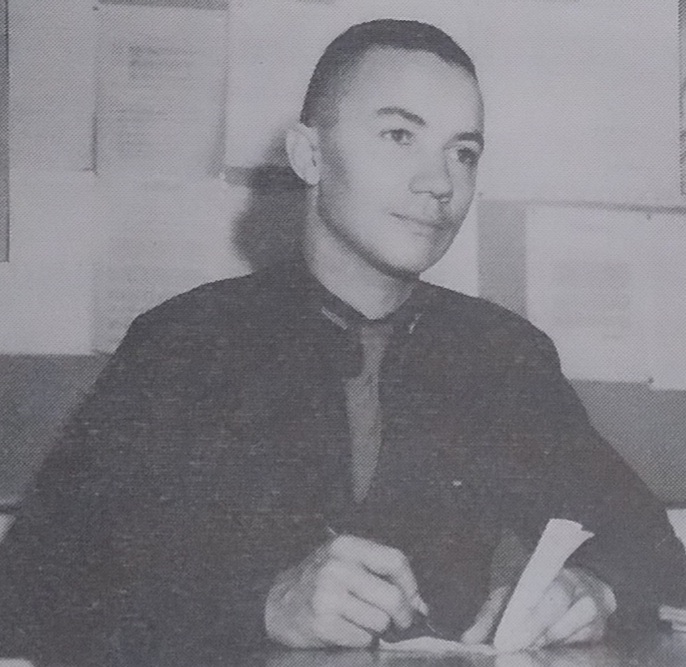
Higher Education
After World War II had ended, Jackson moved back to Ohio, becoming an FAA Flight Examiner. During his time in this position, he helped to test over four hundred pilots seeking flight certification.
Jackson proceeded to earn his Master’s degree from Miami University, Oxford in 1948, and received his Ph.D. in Higher Education from Ohio State University two years later, after which he went on to serve in a variety of administrative positions at multiple universities.
Time in Administration
Jackson served as Graduate Dean, Dean of Students, Vice President of Academic Affairs, Acting President, and President during his time at Central State University, and as Acting President and Vice President for Administration at Sinclair Community College showing that his talents were in high demand.
Yet, even during his time in administration, Jackson’s love of aviation still burned brightly. Around this time, Jackson wrote the book The New Fundamentals of Flight, although he was sadly never able to get it published.
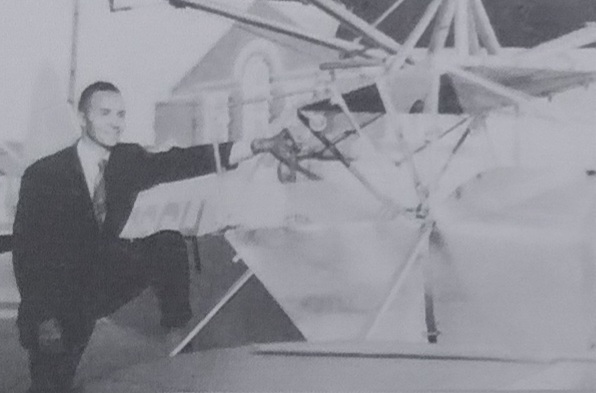
The Versatile I
In 1956, Jackson designed the Versatile I which he designed to fly like an airplane and drive like a car. Over the following years he continued designing and test-flying ten of these experimental airplanes in total, as well as designing and flying an airplane with foldable wings which he envisioned fitting inside a garage and functioning like a motorcycle on the highway.
Jackson’s aviation designs ended up attracting attention overseas, with Jane’s All the World’s Aircraft portraying and highlighting his designs for their global audience.
Unfortunately, Jackson’s efforts to market his vehicular designs failed due to a combination of flaws in some of the designs and the production costs of creating them on a larger scale.
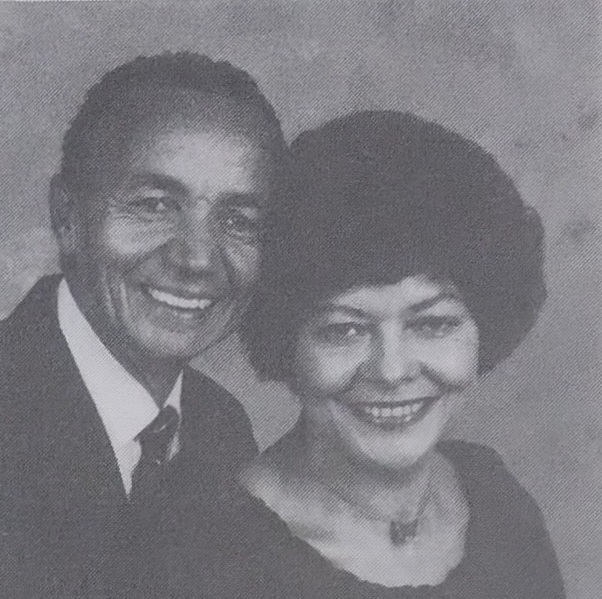
Violet
It was during his time at Central State University that Jackson met the love of his life, Violet, who graduated from Central State summa cum laude in 1958 before going on to earn her master’s degree and Ph.D. from Ohio State University.
In 1974, Jackson began the business entrepreneur program at Sinclair Community College. His hope was to help students become more independent and self-reliant by teaching them how to have an employer mindset.
Five years later he was given an award by Negro Airmen International Inc. in recognition of his more than five decades of dedication to aviation.
During this same period of time, Violet - now Dr. Violet Jackson - worked in administrative positions at OSSO Home, CSU’s Cook Laboratory School, and Central State. Violet stayed in administration until retiring in 1981 after twenty-three years of administrative work.
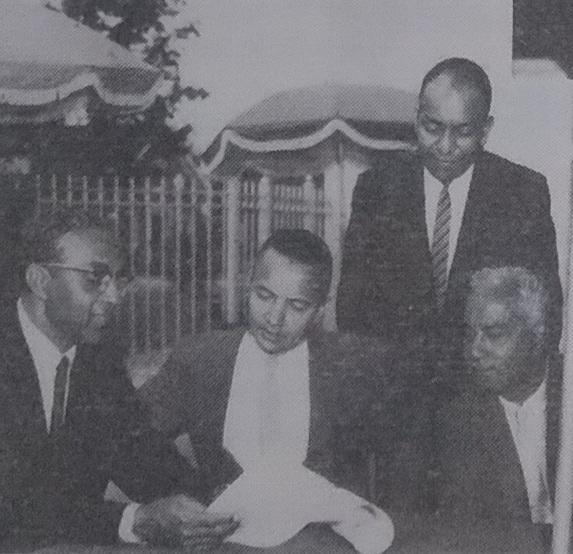
Death
Jackson suffered a stroke in the early 1990s which ended his time in the pilot’s seat, and yet he still continued to work on his designs, not letting go of his role as an aviator, until the end of 1993 when his health could no longer sustain it. On January 8th, 1994, less than two weeks after his 81st birthday, Jackson passed away.
While his aviation dreams had never fully been realized, Doctor Lewis A. Jackson had nonetheless left a sizable legacy and had impacted the lives of many people through his educational career, aviation career, and involvement in training some of World War II’s most famous army airmen.
Remembrance and Honoring
Jackson’s longtime hometown of Xenia, Ohio, created the Greene County-Lewis A. Jackson Regional Airport in his honor, the Tuskegee Airmen awarded him the National Merit Award for his invaluable contributions to their program, and Central State University paid tribute to him at an event which was attended by former president George Bush.
Additionally, the United States government in the form of the Secretary of the Air Force paid tribute to him on President Clinton’s behalf, and many veterans who had once been students of his in various programs at the Tuskegee University, Central State University, and Sinclair Community College worked to honor him.
The Lewis A. Jackson Library
In 2002, Indiana Wesleyan University decided to dedicate its newly constructed library to him, naming it the Jackson Library in his honor. Jackson’s wife, Dr. Violet Jackson, and their two children made a major donation towards the library’s construction in his honor, and were present for the opening.
Due to the money that the Jacksons had accrued through their careful investments, his family was able to donate a $260,000 certificate of annuity, a one time gift of $264,000, and an additional $1,000,000 from Mrs. Jackson’s own estate towards the creation and continued funding of the library.
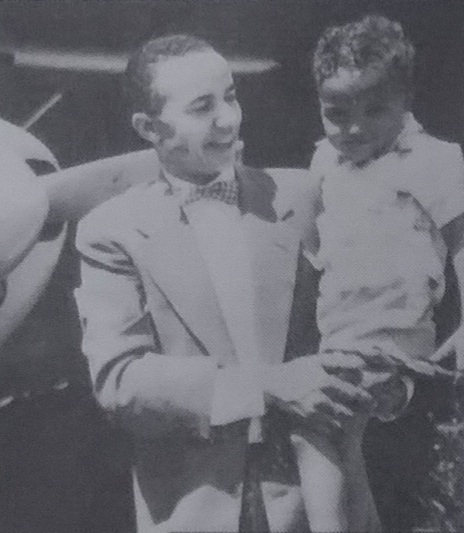
Lasting Legacy
Jackson’s son, Dr. Robert Jackson, proceeded to serve on IWU’s Board of Trustees until 2011, continuing his father's legacy of investing in education.
Although he may have passed away three decades ago, the life and legacy of Lewis A. Jackson still stands tall - his achievements as an educator, contributions to the Tuskegee Airmen and the wider military, works in the academic institution, contributions to aviation engineering and training, and the lives of countless people serving as a testament to his versatility and strength of character.
